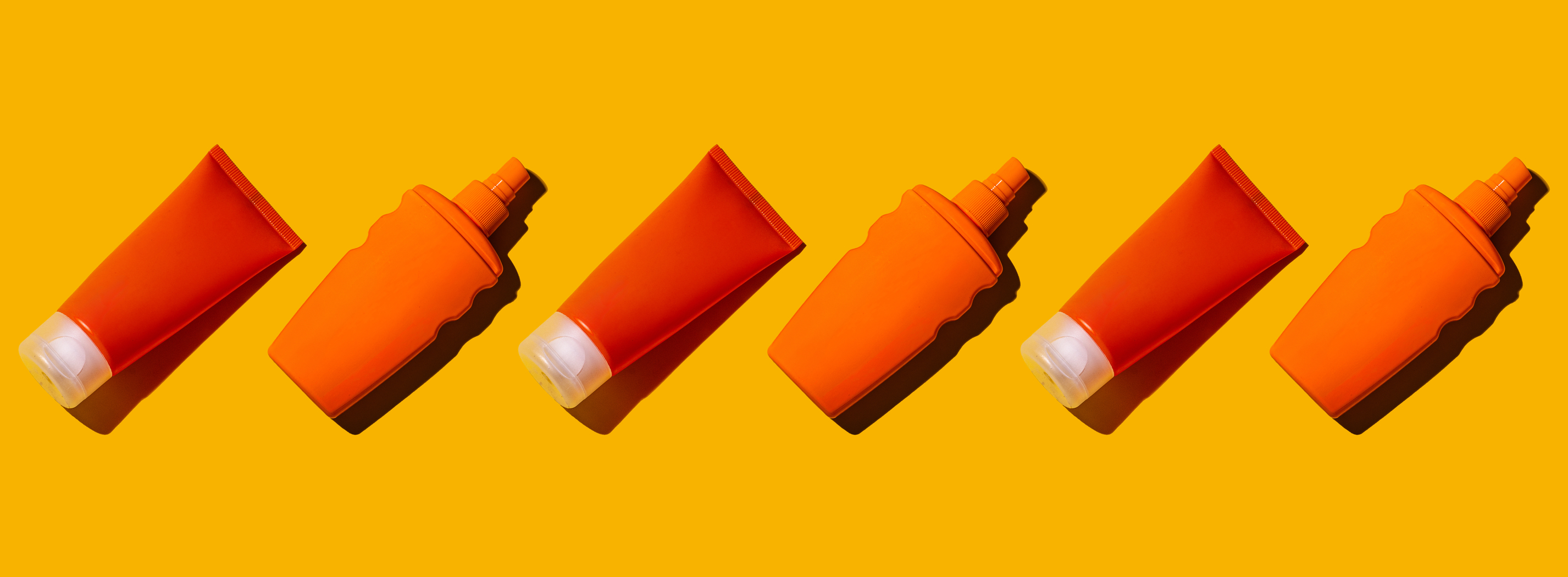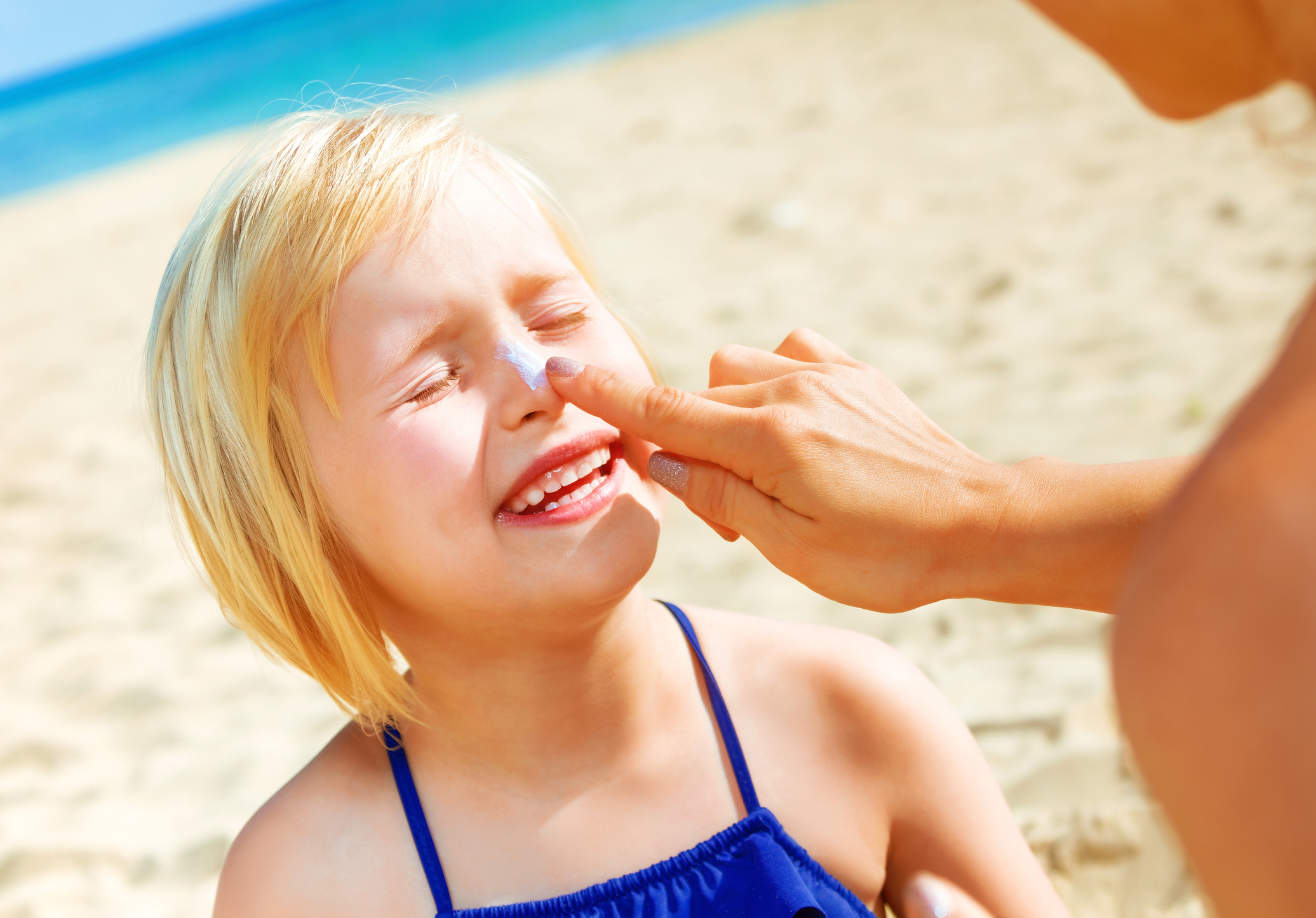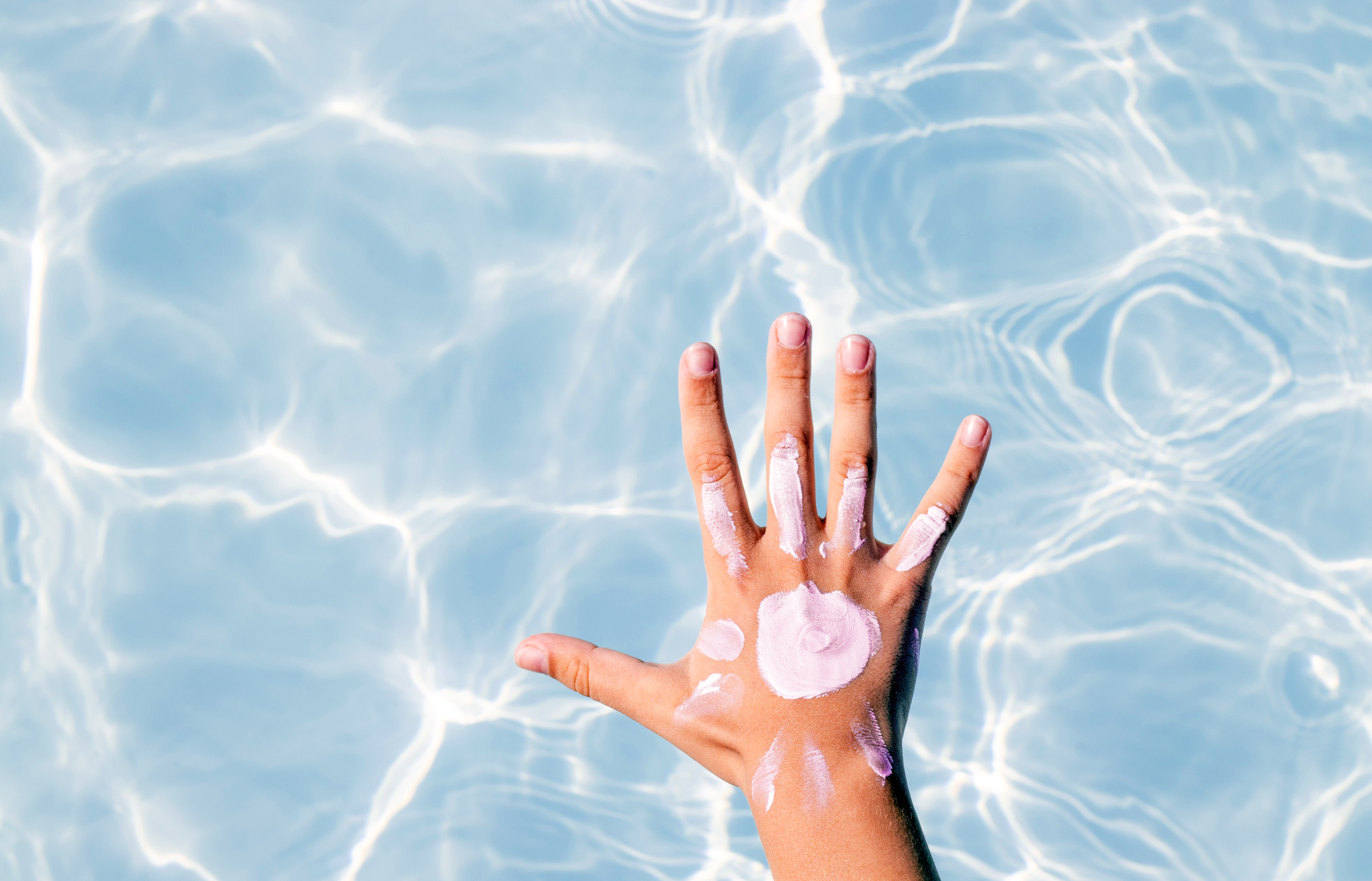Five Surprising Facts Sifting Through the Shadows of Sunscreen Sustainability and Safety
The sunscreen we apply daily is loaded with ingredients that promise to safeguard us from harmful UV rays. However, when we take a swim or shower, these substances are washed off into our water bodies. It turns out that many ubiquitous sunscreen ingredients are responsible for substantial marine life damage. The chemicals oxybenzone and octinoxate, found in many mainstream sunscreens, pose major risks to coral reefs. Researchers have found these toxins to induce coral bleaching, stunt growth, and even fatally wound baby coral. As we rub on our sunscreen, we rarely associate it with vast underwater ecosystems' demise - a sobering effect of a product made to shield us.
Hidden Hazards of SPF Chemicals

The safety profile of sunscreens isn't only under scrutiny for their environmental impact. Certain SPF chemicals may pose risk to human health as well. According to a FDA study, several common sunscreen ingredients, including avobenzone, oxybenzone, ecamsule, and octocrylene, were found in participants' blood after just a single day of use, exceeding the FDA's threshold level for requiring further safety evaluation. This screening zeros in on potential endocrine disruption, the potential to interfere with our hormones, among other health issues.
Safety Regulation Falling Short

It might come as a surprise to know that the FDA hasn't updated its sunscreen regulations in more than a decade. Complicating matters further, the sunscreen industry is a multi-billion dollar business that faces minimal regulation in the US as compared to its European and Australian counterparts. This lack of comprehensive regulation may leave consumers unknowingly exposed to potential issues with safety and environmental impact.
The Rise of Mineral Sunscreens

Safe, eco-friendly substitutes for chemical sunscreens are gradually gaining traction. Mineral sunscreens, that rely on ingredients like zinc oxide and titanium dioxide to block the sun's rays, are becoming increasingly popular alternatives. As unlike chemical counterparts, these remain on skin's surface to reflect UV rays and do not penetrate the skin or harm underwater ecosystems. Growing consumer awareness about sunscreen safety and sustainability concerns have contributed to this shift.
Role of Sunscreen Packaging

Moving beyond the ingredients, the sustainability quotient of sunscreens also lays on their packaging. The majority of sunscreen products come in plastic containers, contributing to the ever-growing problem of plastic waste. To combat this, some companies have started introducing sunscreens in recyclable or biodegradable containers, leading the way for a greener future for sunscreen.
Need for More UV Protective Clothing

One effective way to minimize the environmental impact of sunscreen has nothing to do with the lotion itself: UV protective clothing. Hats, shirts, and shorts made from fabric rated for its ultraviolet protection factor (UPF) help shield skin from harmful rays while reducing reliance on sunscreen. This approach not only limits UV ray exposure, but also decreases the quantity of sunscreen washed off into waterbodies. A simple, yet significant step towards the sustainable use of sunscreen.